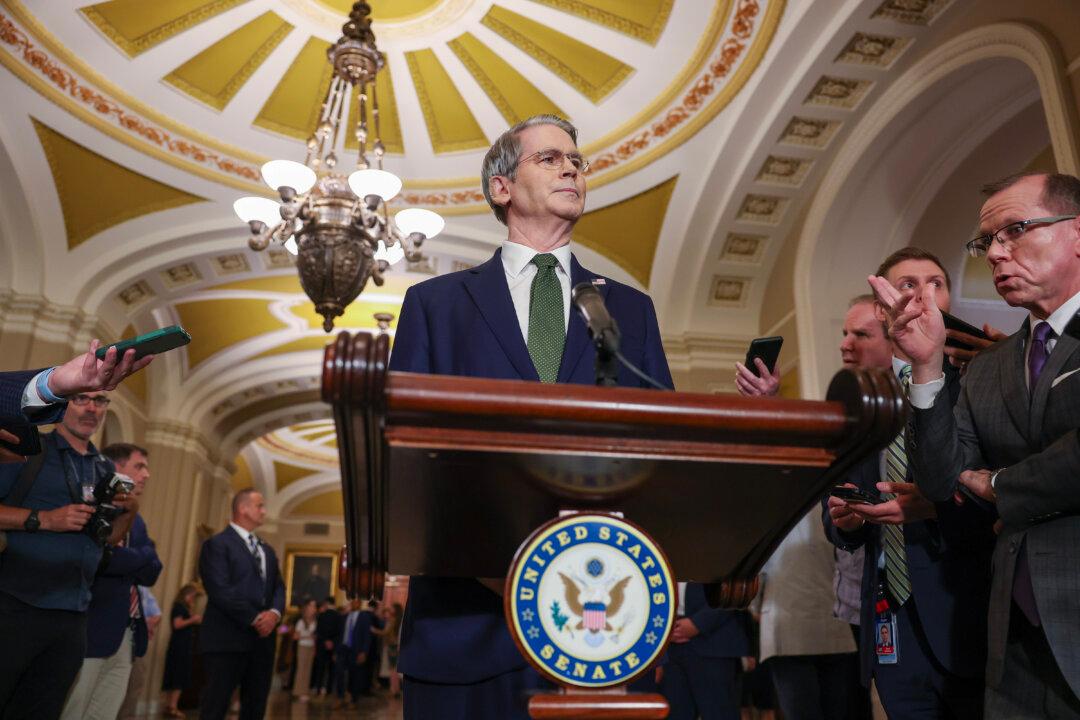Victoria has run up a $10 billion (US$7.2 billion) deficit in the first six months of the 2021/22 financial year, although the Australian state witnessed a rise in economic activities after it relaxed COVID-19 restrictions.
According to the mid-year financial report (pdf) released by the Department of Treasury and Finance of Victoria on March 11, the deficit mainly resulted from the impacts of the COVID-19 Delta variant and the lockdown of Melbourne lasting for 77 days in 2021.





